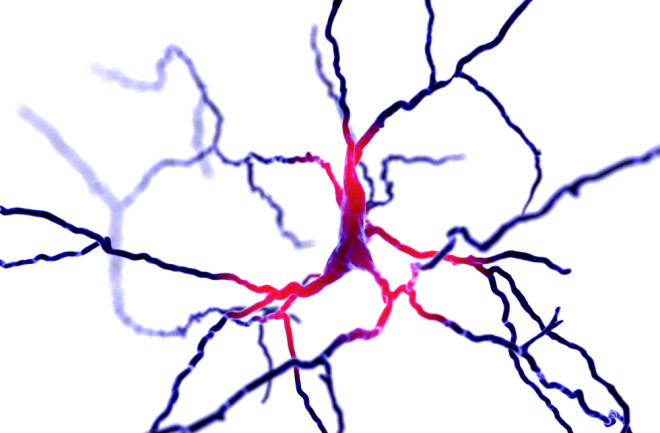A new paper claims to have solved a long-outstanding mystery in neuroscience – how, exactly, do the cells of people with Huntington’s disease produce damaging amyloid proteins from other proteins in a game of maladaptive Lego?
Amyloids accumulate in nerve cells, forming plaques that result in cell death and contribute to the progressive symptoms of Huntington’s. The disease that killed Woody Guthrie causes changes in mental state and problems with moving, speaking and breathing.
The new research comes from the lab of Randal Halfmann, a researcher at the Stowers Institute for Medical Research, a non-profit biomedical research organization. To investigate the protein Lego, the team used a new technique, Distributed Amphifluoric Förster Resonance Energy Transfer (DAmFRET), to track changes as they happened in single cells.

